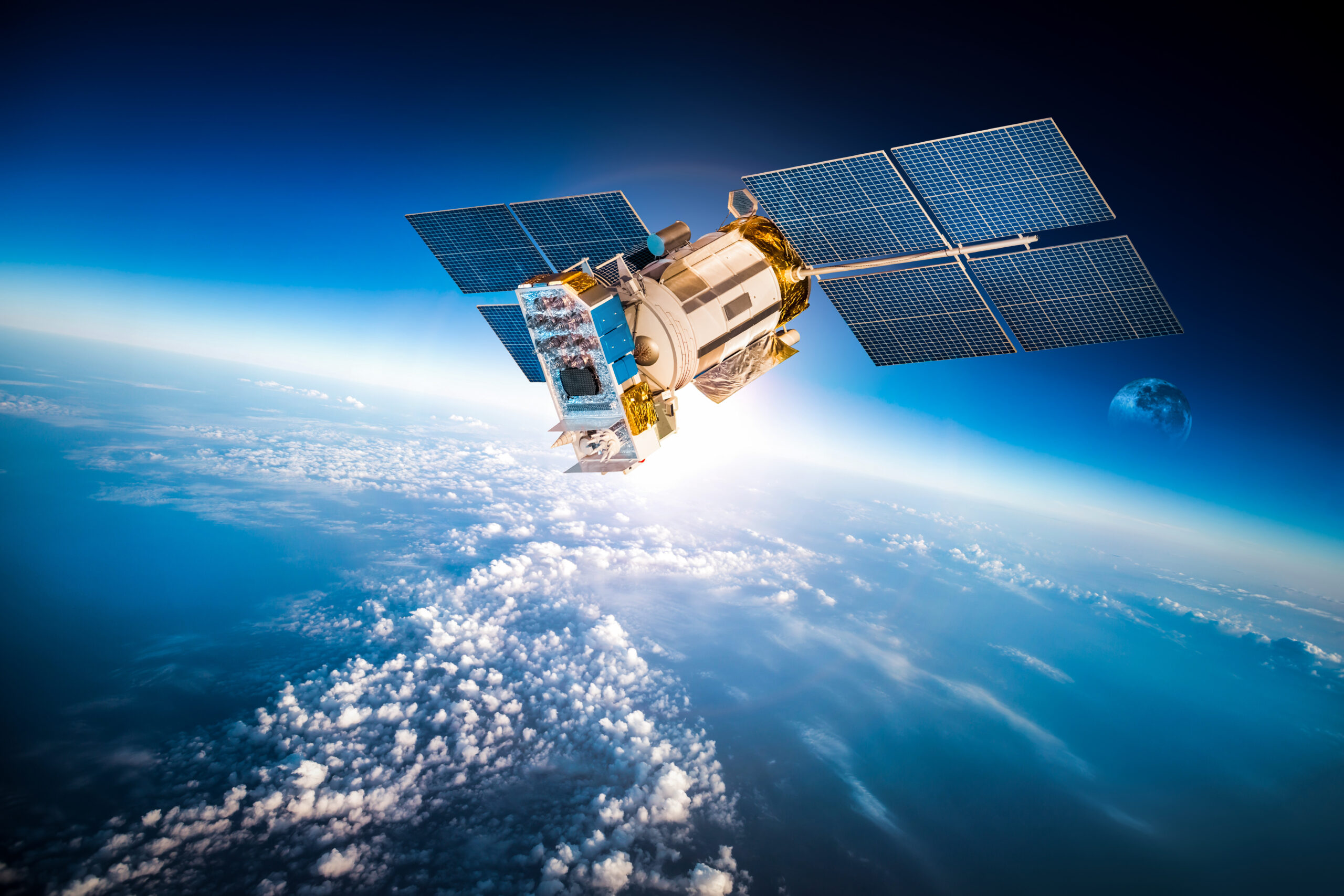In the realm of geospatial data analysis, the ability to capture and interpret changes over time is a powerful tool. Time-series analysis of satellite imagery is a valuable resource for exploring the ever-changing processes occurring on our planet. By gathering and scrutinizing images taken over various time periods we can unveil trends and patterns in various natural and man-made phenomena, including vegetation growth, sea level rise, and urban sprawl. In this article, we will explore how this technique works and its practical applications.
What is Time-Series Analysis?
Time-series analysis involves the collection and analysis of data points, such as satellite images, captured at consistent intervals over a specific period at the same location. When applied to satellite imagery, this technique enables us to monitor changes in the Earth’s surface, vegetation, water bodies, and infrastructure over weeks, months, or even decades.
Applications of Time-Series Analysis
Time- series analysis of satellite data offers priceless insights for a multitude of purposes. A unifying theme among these applications is the belief that satellite data can enhance our understanding of the planet’s transformations, the driving factors behind these shifts, and the possible consequences they entail.
Vegetation Monitoring
Time-series analysis of satellite data is crucial for monitoring vegetation health and growth. By observing changes in vegetation indices (e.g., NDVI – Normalized Difference Vegetation Index) over time, researchers can track seasonal patterns, detect drought stress, and assess the impact of land management practices on agricultural areas. Furthermore, time-series analysis can help detect deforestation activities and assess the health of forests. It allows conservationists to monitor illegal logging, plan reforestation efforts, and protect biodiversity.
Sea Level Rise and Coastal Erosion
Coastal regions around the world are increasingly vulnerable to the effects of sea level rise and coastal erosion. These phenomena are primarily driven by climate change, which has led to the melting of polar ice caps and the expansion of seawater as it warms. As a result, coastal communities face the imminent threat of inundation and land loss, making it essential to monitor and mitigate these impacts effectively. Hence, it becomes imperative to not only closely monitor but also adeptly counteract these impacts. Employing time-series analysis offers a precise lens through which we can measure shoreline fluctuations, erosion rates, land loss, and the inexorable encroachment of the sea upon the terrestrial realm. This knowledge is foundational for informed decision-making and robust strategies to safeguard our coastal landscapes.
Urbanization and Land Use Change
Time-series analysis of satellite data can provide insights into alterations in land usage and urban expansion. The expansion of urban areas and changes in land use are a global phenomenon. By analyzing historical satellite imagery, urban planners and researchers can identify the pace of urban sprawl, monitor infrastructure development, and make informed decisions about land management and zoning.
Natural Disaster Assessment
Before-and-after satellite imagery is instrumental in assessing the impact of natural disasters such as wildfires, hurricanes, and earthquakes. Time-series analysis enables emergency responders to swiftly and effectively allocate resources where they are most needed. By comparing satellite images taken before and after the disaster, they can identify areas with the greatest impact, guiding the deployment of personnel, supplies, and equipment to maximize relief efforts. Beyond immediate response, time-series data can also aid in long-term recovery planning. It helps authorities and policymakers assess the scale of reconstruction required and informs decisions about rebuilding infrastructure, restoring services, and ensuring the safety and resilience of communities in disaster-prone regions.
Challenges and Considerations
While time-series analysis of satellite data is powerful, it comes with challenges:
Data Quality: The accuracy and consistency of satellite imagery over time are essential. Cloud cover, sensor changes, and variations in data formats can pose challenges.
Computational Resources: Handling large datasets and performing analysis can be computationally intensive, requiring access to high-performance computing resources.
Interpretation: Accurate interpretation of changes in satellite imagery may require domain expertise to distinguish natural variability from true trends.
Conclusion
Time-series analysis of satellite data is a vital tool for understanding our changing world. It empowers researchers, scientists, and policymakers to monitor, analyze, and respond to critical environmental and societal trends. As technology continues to advance, our ability to capture and interpret time-series data will only improve, providing deeper insights into the dynamic nature of our planet.
For organizations seeking to harness the power of time-series analysis and satellite data, our AI-powered platform, FlyPix AI, stands ready to assist. With FlyPix AI, you can efficiently monitor changes over time, gain valuable insights, and make informed decisions. To experience the capabilities of FlyPix AI firsthand, contact us today and request a demo.





